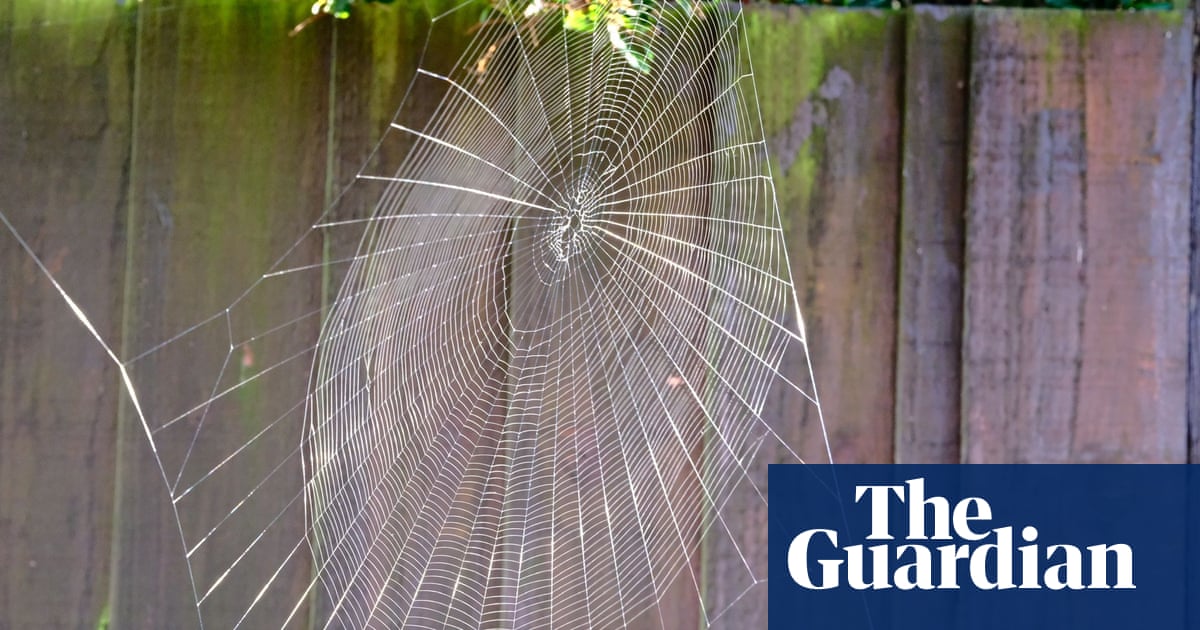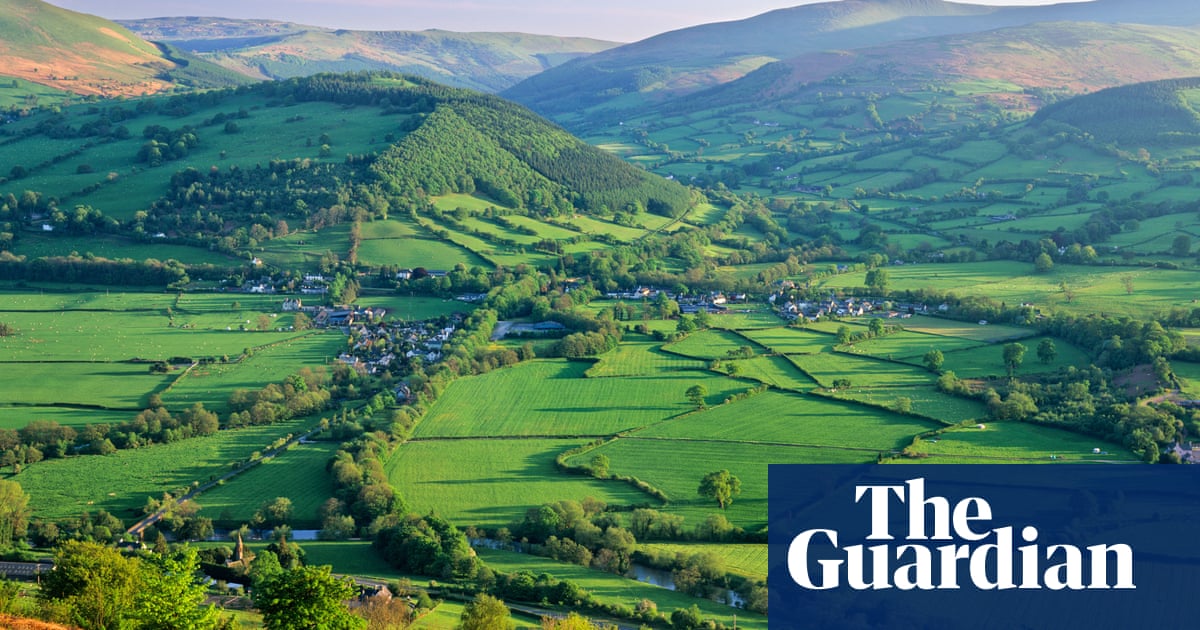
In mid-April, I noticed shifts in sound that aligned with changes in colour. Soon I was in surround sound. Thrush song began earlier each day, at times that, two months before, would have been the middle of the night. Greater spotted woodpeckers pecked and drummed, wrens scolded me from junipers. One day, just once, I heard the falling cadence of a willow warbler, gone before I quite registered what I’d heard. The next day, a couple more, then more still.
When the bird cherries blossomed, they were encompassed with the thick drone of bees. Now the bees range more widely, buzzing low among the vetches and trefoils, lingering in the red and white clover that abounds. The breeze’s timbre has changed as it shivers through birch leaves. Slowly, cuckoo song dotted itself around the pinewoods, and for weeks they were more heard than seen. Then a moment arrived when three or four of them were restless presences on the electricity wires outside the house.
As we head beyond the solstice, the strath has its summer soundtrack – resident birdsong mingles with the songs of the summer visitors, including the now omnipresent willow warblers, the tree pipits that parachute down to the treetops, and the twitter of martins and swallows. Summer’s going on and I’ve seen two broods of peewit chicks. I realise I’ve not heard a cuckoo in a couple of days, and I suspect the adults are already on their way south.
Meanwhile, below, a patch of twinflowers has emerged. Their thready leaves intermingle with new blaeberry growth and now we see tiny stems forking to form a Y. These rare and delicate flowers are so small it’s hard to tell whether they’re white or pink, and they’re always a summer joy.
Above them, among the familiar “teacher-teacher” of great tits, we hear a familiar giggle, a soft titter: a crested tit, black and white with a flick at the back of its head, flits among the pines. It flies to a hole in another Scots pine, and into its nest.












